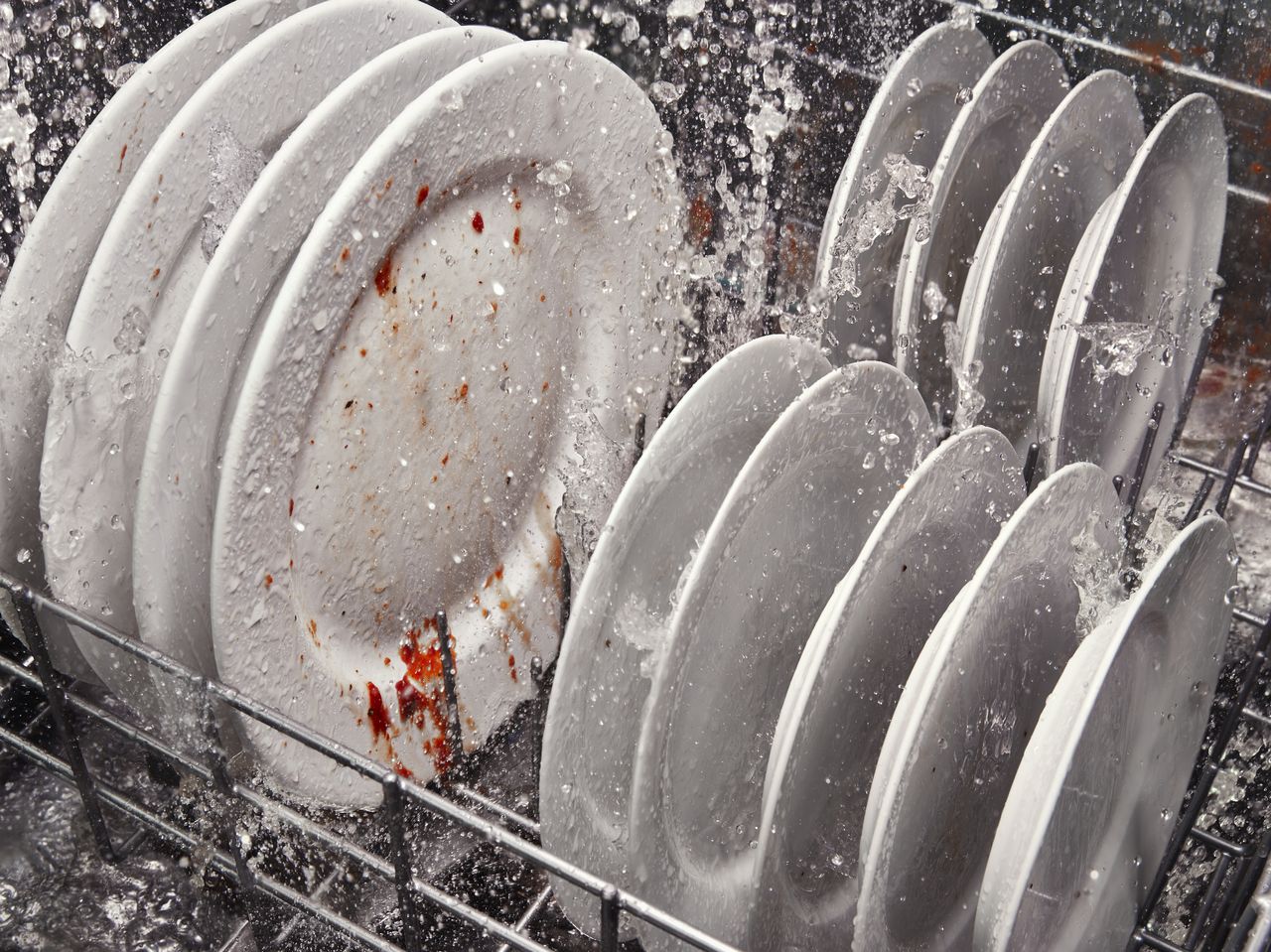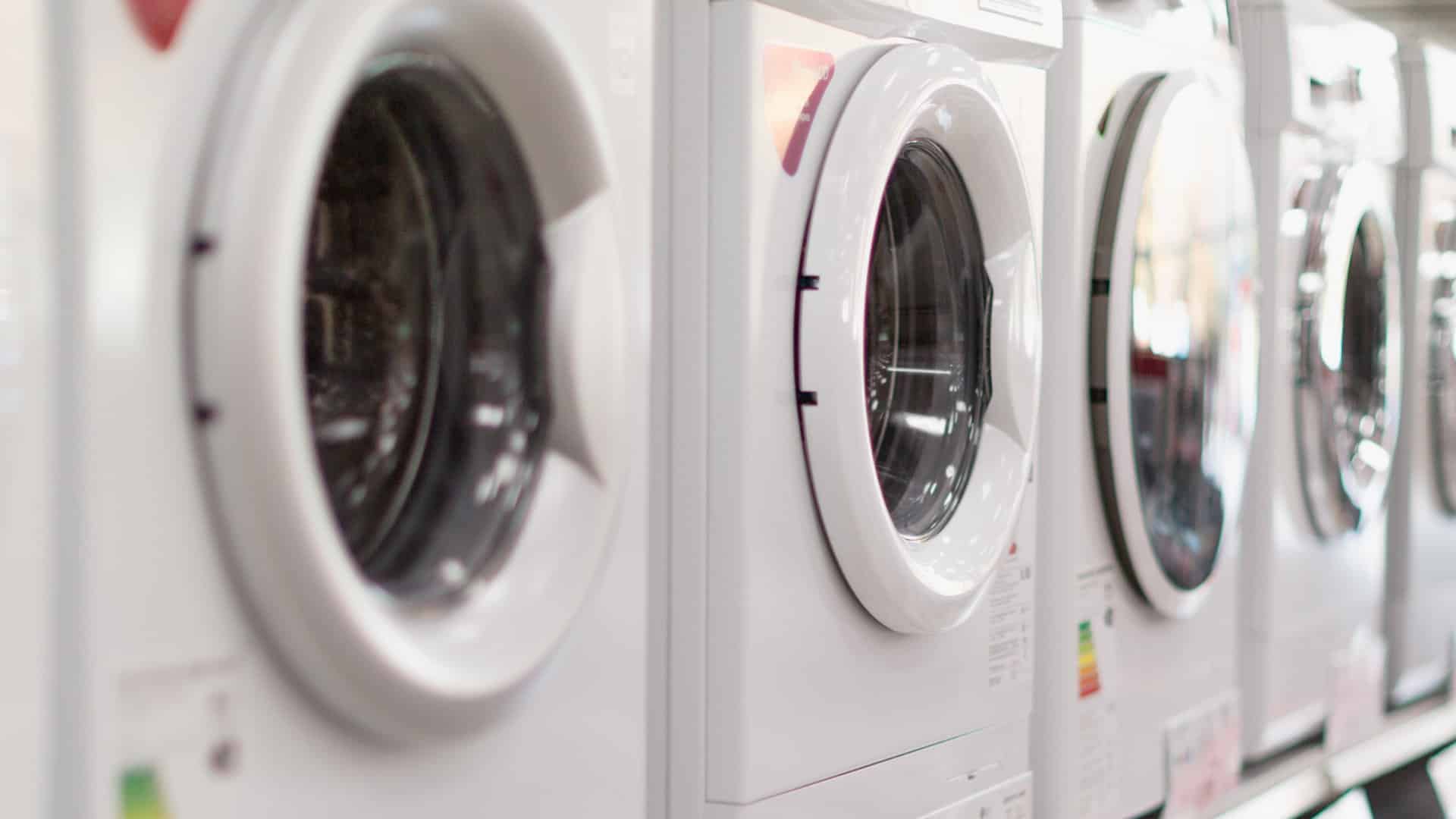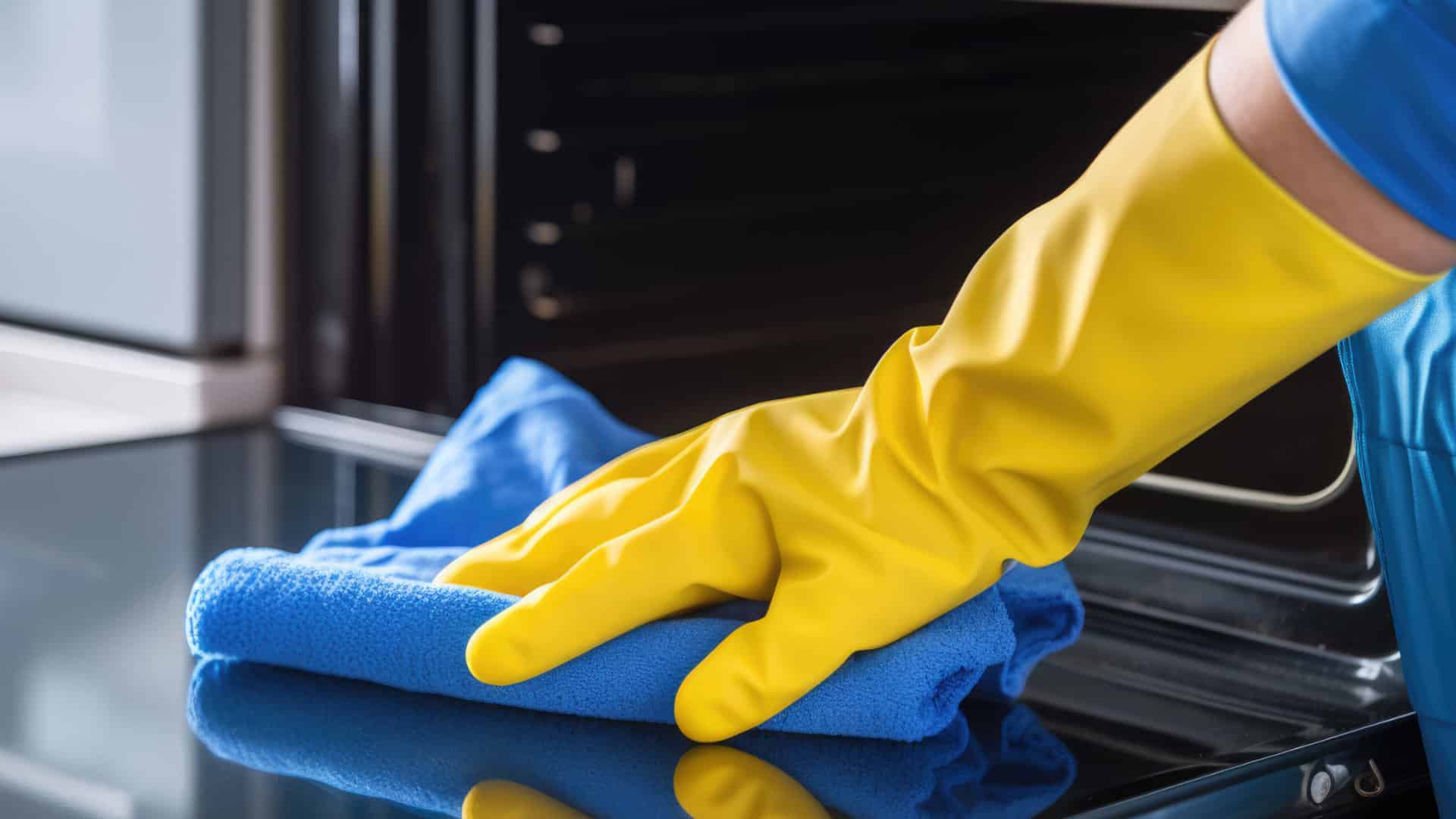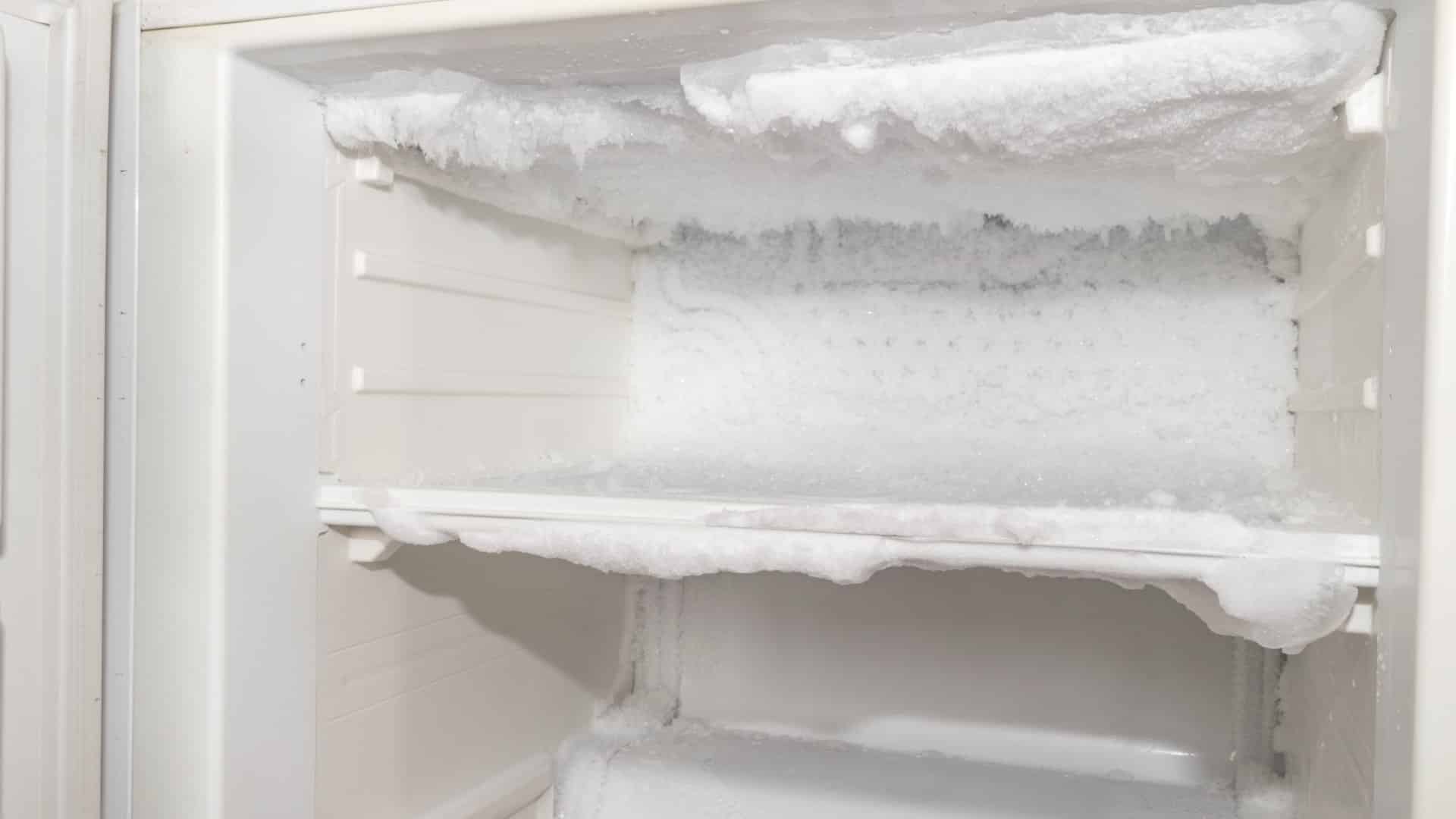
October 15, 2018
Dishwasher Repair
An efficient dishwasher will wash, rinse, and dry in about 1 hour and 40 minutes. Most people could wash, rinse, and dry the same number of dishes in less than 15 minutes. Which is the better method?
Because of the constant cleaning and clatter of plates, cups, and silverware banging against one another, Josephine Cochrane was constantly finding cracks in her fine antique China. It was through no carelessness of her servants; it was merely through the endless number of social gatherings Josephine conducted each week. So, during the late 1800’s, Josephine decided she had had enough and if no one else was going to do it, as she had said, she invented a precursor to the modern-day dishwasher. It was not to become available to the general public until the age of modern conveniences began in the early 1950’s.
Click here to see a picture of the dishwasher Josephine Cochrane invented.
An efficient dishwasher will wash, rinse, and dry in about 1 hour and 40 minutes. Most people could wash, rinse, and dry the same number of dishes in less than 15 minutes. Which is the better method?
So, in the interest of water preservation, which process uses the least amount of water? You will be surprised.
Hand washing the same number of dishes that can be placed in a dishwasher will use approximately 20 gallons of water per wash.
In the 1 hour and 40 minutes that a dishwasher is running, it will use 5 gallons per wash cycle.
You can do the math, but at 200 cycles a year, a dishwasher will only drain you for 1,000 gallons of water vs 4,000 gallons if you do the same wash by hand.
How is that possible? A dishwasher is designed to recirculate and reuse water to efficiently clean your dishes and use less water in the process. Add to this important savings the fact that there is no way anyone can ever get the dishes as clean and bacteria free as what a dishwasher can do. The reason for this is because the water that first enters the dishwasher is about 120 degrees Fahrenheit. The water passes through an internal thermostat in the dishwasher heating the water up another 15 degrees. Almost enough to melt the latex off your gloves.
The following discussion is about how a dishwasher takes dirty dishes through five different cycles of cleaning.
Fill Cycle
The dishwasher begins a new wash cycle as soon as you select the type of wash you want. It begins by draining out whatever water might still remain from the last time it was in use. In between A dishwasher is designed to allow some water to remain in the sump housing to prevent seals from drying and cracking while the dishwasher is not in use.
A water supply line is hooked up to the water inlet valve on the dishwasher and uses a timed fill cycle that allows no more than 2 gallons or less of water to enter during operation.
After you select the type of wash you desire and hit the start button, 120 volts of alternating current is delivered to the water inlet valve solenoid that opens the valve and controls the amount of water flowing to the dishwasher tub.
Depending on the model, the voltage sent will allow the valve to remain open between 90 and 120 seconds.
If for some reason the valve gets stuck in an open position a float activates a switch that shuts the water off and prevents overfilling.
It is important to know that dishwashers require a correct amount of water to efficiently clean the dishes. If the tub is underfilled, you can imagine that the dishes will not clean properly.
If you’re experiencing an underfilled tub the problem is a bad water inlet valve. The screen could be clogged with debris or the valve has failed to open all the way. It is best to buy a new water inlet valve as attempting to clean them could cause additional problems.
Throw some dirty dishes along with 2 quarts of water into the dishwasher and begin a wash cycle. If the quality of the wash improves, replace the inlet valve.
Wash Cycle
After the dishwasher is filled with the right amount of water the wash cycle begins. Three things will affect the wash cycle:
-
Water Circulation
The control board sends power to the circulation motor that drives a pump and impeller that forces water up through the wash arm jets. The wash arms are propelled by the water that jets out of the small holes designed to clean the dishes.
-
Detergent
As the water continues to splash out of the wash arms, a solenoid sends a signal to a dispenser to open and release the detergent.
For the sake of having clean dishes and a smooth-running dishwasher, it is important to use only the recommended amount of detergent. If you use too little the dishes won’t get clean. If you use too much, the dishes will come out spotty, cloudy, and will still have a dirty appearance.
-
Water Temperature
Dishwashers come equipped with a heating element that will heat the water anywhere between 10 and 15 degrees Fahrenheit hotter than the water coming out of your tap. When the water reaches the correct temperature, a high limit thermostat switches off the voltage to the heating element preventing the dishwasher from overheating.
Drain Cycle
After each wash cycle is completed the dishwasher drains the dirty water from the tub. The control board sends voltage to a drain pump that uses an impeller to force the dirty water through a drain hose to either a disposal or drain pipe.
The drain hose must have a loop that rises above the drain so the water won’t drain back into the tub.
Rinse Cycle
The dishwasher goes through several rinse cycles which are similar to the wash cycles and may use the heating element. The final rinse cycle releases rinse aid from a dispenser to prevent streaking and help during the drying process.
After all the rinse cycles are completed a final drain cycle initiates which leaves a small amount of water in the sump pump to help prevent seals from drying and cracking.
Dry Cycle
After all previous cycles have been completed, the dry cycle begins. The methods of drying vary from one brand to another but the two common denominators are heat and good air circulation or venting.
Some dishwashers us the heating element to dry the dishes. Some rely on the heat from the final rinse cycle to dry the dishes. But where does the hot moist air go? Usually through a vent. Without proper venting the moisture would re-collect and dry on your antique fine china leaving thousands of visible water spots.
(323) 284-6780Give us a call!

May. 06, 2024
LG Washer LE Error Code Explained

May. 06, 2024
5 Reasons Your Oven Is Not Heating Up

May. 06, 2024
What Temperature Should a Freezer Be Set At?

Apr. 09, 2024
How to Fix the Whirlpool Washer F9 E1 Error Code

Apr. 09, 2024
How to Solve Frigidaire Dishwasher Lights Blinking

Apr. 09, 2024
Resolving the LG Washer UE Error Code (3 Easy Fixes)

Mar. 06, 2024
Replacing an Over-the-Range Microwave with a Range Hood

Mar. 06, 2024
How to Get Burnt Smell Out of Microwave (In 2 Easy Steps)

Mar. 06, 2024
7 Reasons Why Your Bosch Ice Maker Is Not Working

Feb. 05, 2024
Why Does Your Self-Cleaning Oven Smell?

Feb. 05, 2024
Why Is Your Whirlpool Cabrio Washer Not Spinning?

Jan. 03, 2024
Why Does My Refrigerator Make Noise?

Jan. 03, 2024
Troubleshooting the F2 Error Code on a Whirlpool Oven

Jan. 03, 2024
Rust Inside Microwave: Causes, Fixes, and Prevention Tips

Dec. 11, 2023


